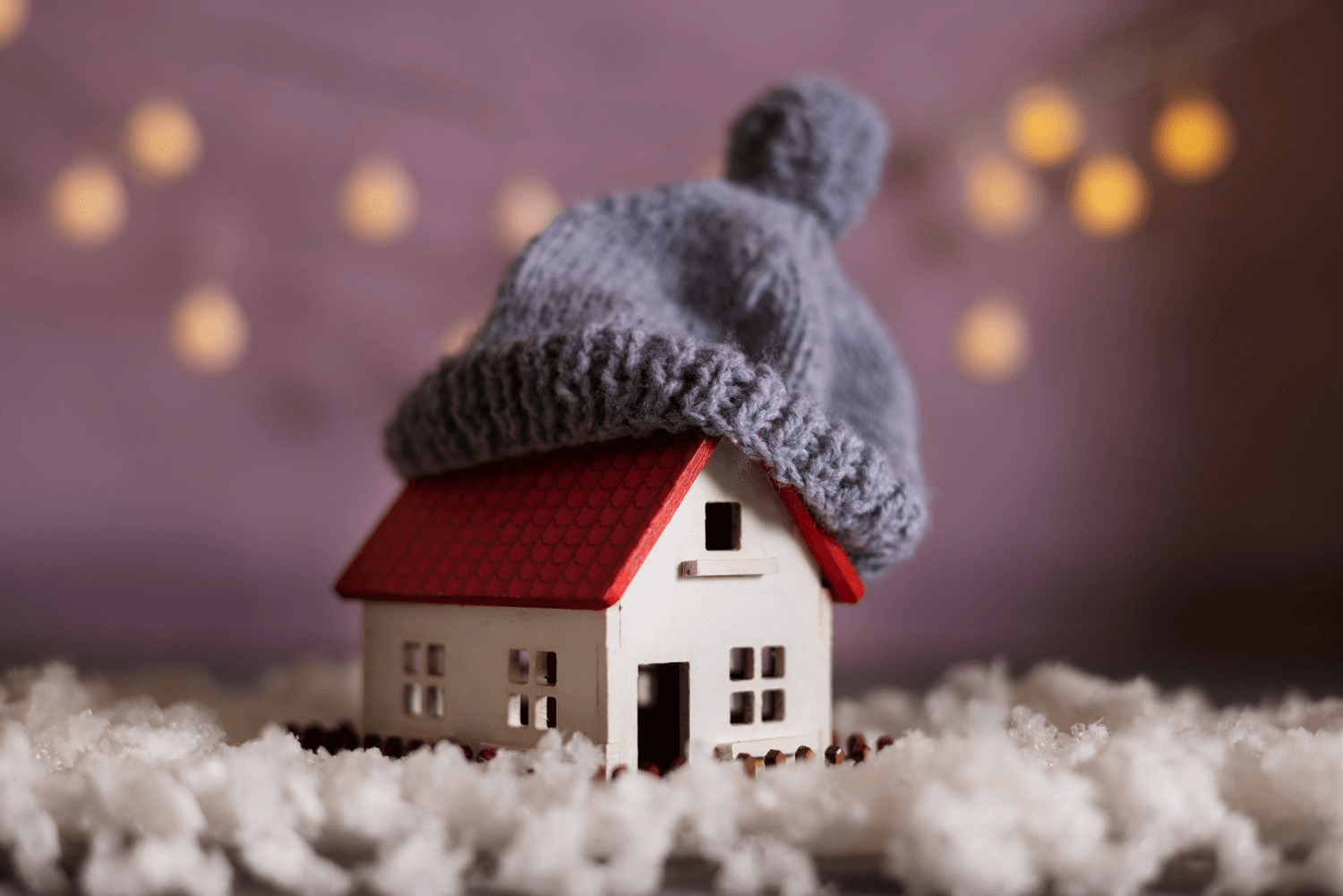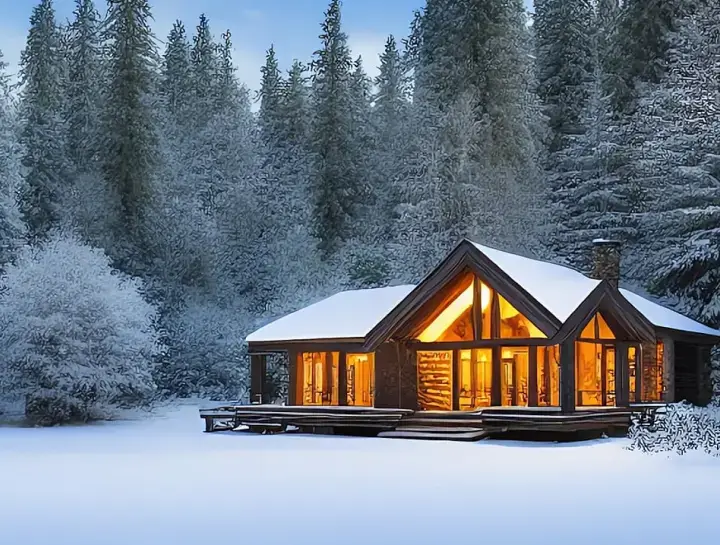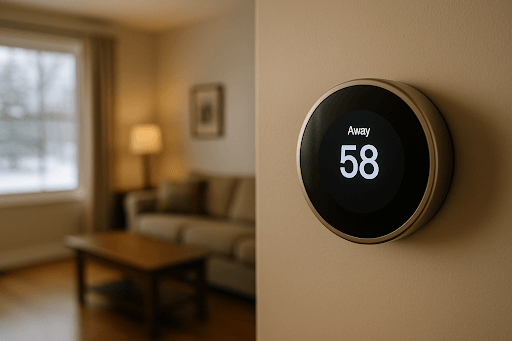Energy-Saving Guide: What to Set Heat to When Away
Energy-Saving Guide: What to Set Heat to When Away
TL;DR (Featured Snippet-style)
For winter trips 2+ days, set your heat to 55–60°F to prevent freeze damage and still save energy. For short daytime absences, set back ~7–10°F from normal with furnaces/boilers, and 2–4°F with heat pumps or radiant floors. In hydronic radiant systems, adding inhibited propylene glycol (“glycol”) provides extra freeze protection if the heat fails—but it does not replace keeping the thermostat at a safe setpoint.
Quick-Set Guide by Scenario
| Situation | Recommended Heat Setting | Notes |
| Out for the day (8–12 hrs) | Normal − 7–10°F (furnace/boiler) | Heat pumps/radiant: use 2–4°F to avoid long recovery/aux heat. |
| Weekend away (1–3 days) | 55–60°F | Add glycol in hydronic systems for extra safety in cold regions/second homes. |
| Week+ vacation | 55–60°F | In very cold/drafty homes, lean 58–62°F. Consider shutting off main water if extreme cold is forecast. |
| Severe cold snap | ≥60°F | Don’t over-setback. Open sink cabinets; consider slow drip if local guidance suggests. |
Important: Glycol helps protect the hydronic loop if heat is lost or certain zones get colder than expected. It does not protect domestic plumbing, appliances, or furnishings—keep a safe whole-home setpoint.
Why Not Turn the Heat Off Entirely?
Turning heat off risks frozen/burst pipes, moisture issues, and long recovery times. Maintaining at least 55–60°F keeps walls, floors, and concealed cavities above risk—especially where plumbing may run through exterior walls or unconditioned zones.
Tune It to Your System
1. Furnaces & Boilers
- Setbacks save energy: Dropping ~7–10°F during work/sleep periods works well. Use a programmable or smart thermostat.
2. Heat Pumps (esp. variable-capacity)
- Avoid deep setbacks: Large drops can trigger electric resistance backup and negate savings. Stick to mild setbacks (2–5°F).
3. Radiant Floors (Hydronic)
- High-mass (in-slab): Prefer steady temps or small setbacks (2–4°F).
- Low-mass panels (over-floor): Modest setbacks are okay, but huge drops = slow recovery. (EPS-backed panels help reduce downward loss on slabs, improving stability.)
New: Glycol in Hydronic Heating (Extra Freeze Protection)

If your home is in a cold climate, is intermittently occupied, or has zones near exterior walls, adding inhibited propylene glycol to the hydronic circuit can be a smart safeguard.
What it is:
- A hydronic-grade, inhibited propylene glycol blend (not automotive antifreeze). Inhibitors reduce corrosion; propylene glycol is the low-toxicity choice for residences.
What it does:
- Lowers the fluid’s freeze point and provides burst protection if the loop sees subfreezing temps due to a power outage, equipment failure, or localized cold spots.
Key best practices:
- Use the right product: Hydronic-system, inhibited propylene glycol only. Avoid ethylene glycol in occupied homes due to toxicity.
- Size the concentration to your climate: Common mixes are ~20–40%, chosen from the manufacturer’s freeze/burst charts. More glycol = more protection but higher viscosity and slightly lower heat transfer.
- Account for performance impacts: Expect longer warm-up, potentially higher pump head, and slightly lower output at the same water temp. In design/retrofits, verify pump sizing, expansion tank volume, and consider slightly higher supply temps if needed.
- Filling & commissioning: Flush dirty water, fix leaks, then fill with pre-mixed glycol (distilled/deionized water + glycol to the target ratio). Purge air thoroughly. Label the system with fluid type and concentration.
- Maintenance: Test glycol concentration, pH, and inhibitor reserve annually with a refractometer and test strips; top up with the same pre-mix ratio. Replace/refresh fluid per manufacturer guidance or if inhibitor levels are low.
- Safety & code: Keep hydronic loops isolated from potable water with proper backflow prevention. Handle/contain spills. Follow local codes and manufacturer literature.
Bottom line: Glycol is a belt-and-suspenders layer if something goes wrong while you’re away. Still set your thermostat to 55–60°F in winter to protect the rest of the house.
Climate & Home Factors

- Drafty/older homes or pipes in exterior walls: Choose the higher end of 55–60°F and strongly consider glycol in the hydronic loop.
- Extreme cold: Keep at ≥60°F and follow freeze-prevention steps (open cabinets, consider a drip if advised).
- Well-insulated homes: You can target the lower end of the range; glycol is still prudent for second homes or frequent outages.
Smart Thermostat Tips (Fast Setup)
- Create a Winter Away preset (e.g., 58–60°F).
- Use geofencing/occupancy to auto-switch.
- Heat pump owners: enable adaptive recovery and avoid aggressive setbacks that trigger Aux heat.
- Freeze alerts & leak sensors: Get notified early; glycol buys time, but alerts let you act.
- Power-outage plans: Battery backup for controls and a freeze-protected hydronic mix increase resilience.
Pets, Plants & Special Cases
- Pets: Many are fine ~60–65°F; check with your vet for specifics.
- Plants: Most houseplants tolerate ~60°F minimum; move away from drafts.
- Radiant systems with glycol: Expect slightly slower recovery—start warm-up earlier before returning.
Returning Home: Warm Up Efficiently
- Step up gradually (2–3°F increments) to avoid Aux heat on pumps.
- Radiant/glycol systems: Begin recovery 1–3 hours early; don’t overshoot setpoints.
- Open interior doors for even temperatures.
FAQs: What to Set Heat to When Away
Q1: If I add glycol, can I lower the thermostat below 55°F?
No. Glycol protects the hydronic loop, but the rest of your home and plumbing still need safe ambient temps. Keep ≥55–60°F in winter.
Q2: Which glycol should I use?
A hydronic-grade, inhibited propylene glycol. Do not use automotive products. Follow the manufacturer’s concentration chart for your climate.
Q3: Does glycol hurt efficiency?
There’s a modest penalty: higher viscosity and lower heat capacity reduce flow and heat transfer. Proper design (pump sizing, setpoint tweaks) keeps comfort and efficiency on track.
Q4: How often should glycol be tested?
At least annually (concentration, pH, inhibitor levels). Top up with the same pre-mix; don’t dilute inhibitors by adding plain water.
Q5: Is glycol required?
Not in all homes. It’s most valuable for second homes, areas with frequent outages/extreme cold, or piping near exterior walls.
